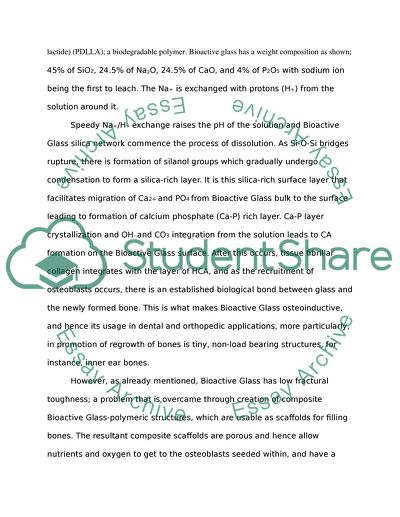Cite this document
(Surface Transformations of Bio-Glass 45S5 during Scaffold Synthesis Assignment, n.d.)
Surface Transformations of Bio-Glass 45S5 during Scaffold Synthesis Assignment. Retrieved from https://studentshare.org/engineering-and-construction/1811640-surface-transformations-of-bioglass-45s5-during-scaffold-synthesis-for-bone-tissue-engineering
Surface Transformations of Bio-Glass 45S5 during Scaffold Synthesis Assignment. Retrieved from https://studentshare.org/engineering-and-construction/1811640-surface-transformations-of-bioglass-45s5-during-scaffold-synthesis-for-bone-tissue-engineering
(Surface Transformations of Bio-Glass 45S5 During Scaffold Synthesis Assignment)
Surface Transformations of Bio-Glass 45S5 During Scaffold Synthesis Assignment. https://studentshare.org/engineering-and-construction/1811640-surface-transformations-of-bioglass-45s5-during-scaffold-synthesis-for-bone-tissue-engineering.
Surface Transformations of Bio-Glass 45S5 During Scaffold Synthesis Assignment. https://studentshare.org/engineering-and-construction/1811640-surface-transformations-of-bioglass-45s5-during-scaffold-synthesis-for-bone-tissue-engineering.
“Surface Transformations of Bio-Glass 45S5 During Scaffold Synthesis Assignment”, n.d. https://studentshare.org/engineering-and-construction/1811640-surface-transformations-of-bioglass-45s5-during-scaffold-synthesis-for-bone-tissue-engineering.


